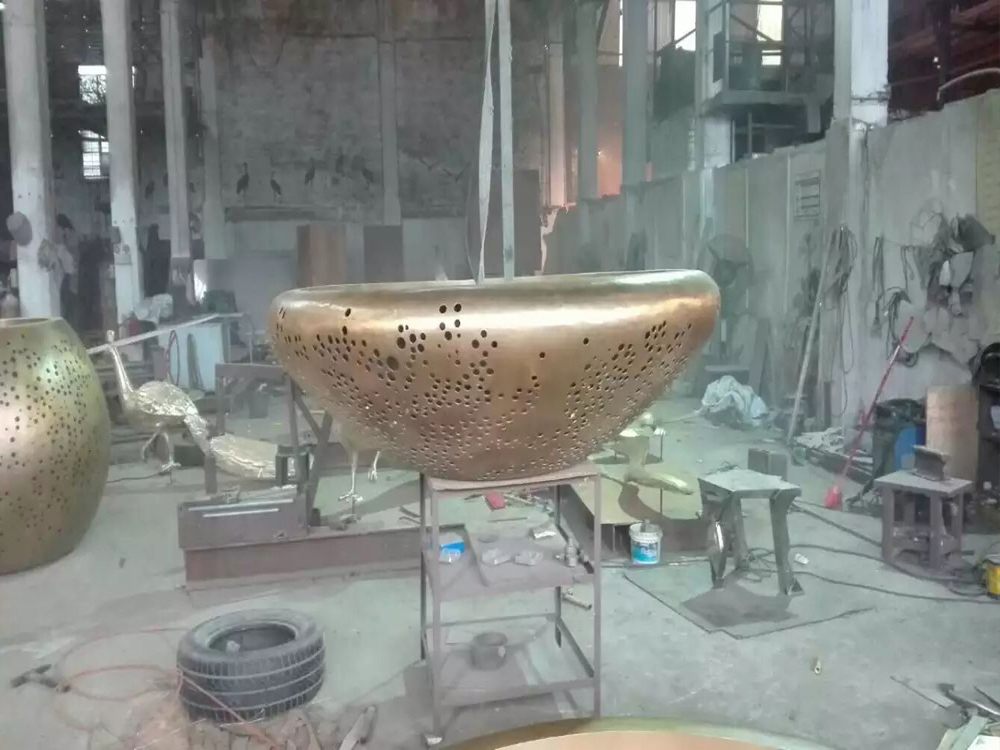
Bronze sculptures are valuable cultural artifacts that require meticulous documentation and cataloging to preserve their historical and artistic significance. Implementing best practices ensures their longevity, authenticity, and accessibility for researchers and enthusiasts.
1. Comprehensive Condition Reports
Begin with a detailed condition assessment, noting any damage, corrosion, or restoration work. High-resolution photographs from multiple angles, along with written descriptions, provide a baseline for future conservation efforts.
2. Standardized Cataloging Systems
Use established museum cataloging standards, such as the *Categories for the Description of Works of Art (CDWA)* or *Dublin Core*, to record essential details like artist, date, provenance, dimensions, and materials. Digital databases like *CollectiveAccess* or *PastPerfect* streamline organization and retrieval.
3. Provenance Research
Trace the sculpture’s history, including previous owners, exhibitions, and publications. This not only enhances its value but also helps resolve authenticity disputes.
4. Environmental Monitoring
Document storage conditions, including temperature, humidity, and light exposure, to prevent deterioration. Bronze is particularly sensitive to environmental fluctuations.
5. Regular Updates and Digitization
Periodically review records to reflect new research or conservation work. Digitizing records ensures long-term accessibility and facilitates global collaboration among institutions.
By adhering to these practices, collectors, museums, and galleries can safeguard bronze sculptures for future appreciation and study.

